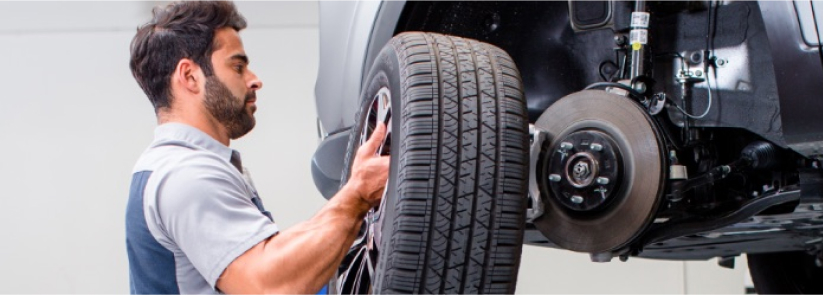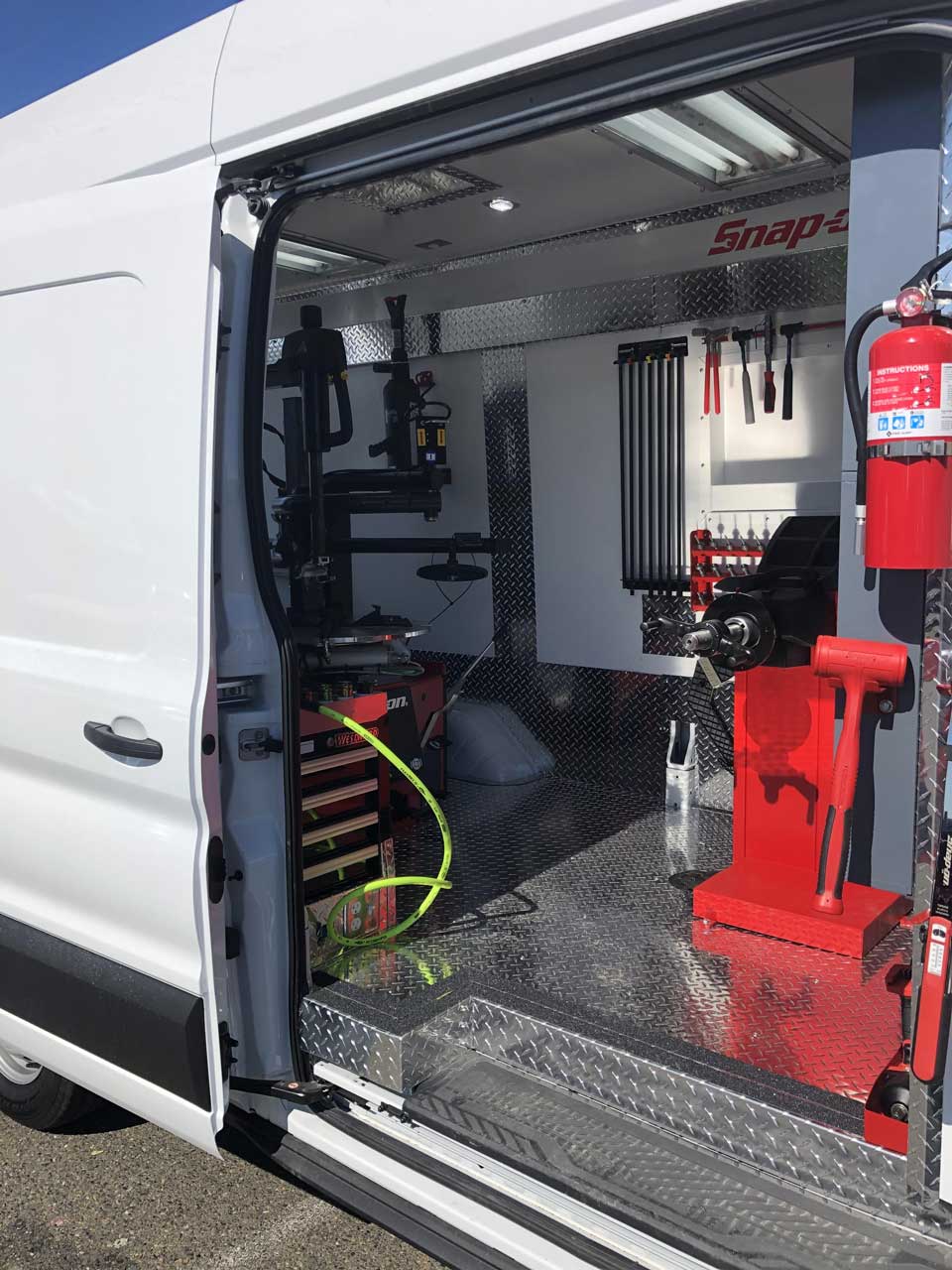Drive with Confidence: GMC Tires Service at Morris Tires
Drive with Confidence: GMC Tires Service at Morris Tires
Blog Article
Tire Solution: The Influence of Weather Conditions
When it pertains to guaranteeing optimal performance and safety when driving, comprehending the influence of weather problems on tire solution is crucial. From scorching warmth to icy roads, each climate aspect can dramatically affect tire performance and total driving experience. By diving into the results of differing weather on tires, chauffeurs can acquire valuable insights that might enhance their vehicle's efficiency and durability. In this discussion, we will check out the intricate partnership between climate condition and tire service, shedding light on the relevance of weather-specific tire maintenance techniques and factors to consider.
Heat and Tire Performance
When subjected to high temperatures, tires experience adjustments in performance that can dramatically affect car security and handling. The warmth created from prolonged driving or heat conditions creates the tire rubber to soften, causing decreased walk life and enhanced wear. As the rubber comes to be softer, the tire's hold on the roadway lessens, influencing braking distances and total traction. In severe instances, too much heat can even create tire blowouts, posing an extreme safety threat to the vehicle and its occupants.

Cold Weather Impacts
Cold weather condition conditions can have a substantial influence on tire performance and safety. In chilly weather condition, tires may also lose air stress more rapidly, which can influence taking care of and gas effectiveness.
To minimize the impacts of winter on tires, it is essential to frequently check tire pressure and inflate them to the maker's suggested degrees. Using wintertime or all-season tires designed for cold climate problems can additionally enhance traction and grasp on icy or snowy roads. Correct tire upkeep, consisting of regular assessments for wear and damages, ends up being much more critical during cooler months to make certain optimum efficiency and security.
Rainy Issues Influence
Tires with worn-out treads are more susceptible to hydroplaning, where a layer of water builds up in between the roadway and the tire surface, leading to loss of traction. To combat this, chauffeurs must on a regular basis evaluate their tires for sufficient step depth and think about investing in tires especially made for damp conditions.
Moreover, stormy climate can likewise decrease visibility, making it testing for vehicle drivers to see the road ahead plainly (GMC Tire Service). In such conditions, it is vital to adjust driving speeds appropriately and keep a secure complying with distance to permit sudden stops. Appropriately filled with air tires can likewise assist in preserving control on damp roadways by giving far better handling and grip
Snow and Tire Safety
Snow-covered roadways pose one-of-a-kind difficulties for drivers, stressing the importance of proper tire choice and maintenance. When driving in snowy conditions, having the ideal tires can make a considerable distinction in security and efficiency. Winter tires are designed with special rubber substances and tread patterns to supply far better grip on go to this website snow and ice contrasted to all-season tires. The much deeper footsteps and sipes of winter tires help hold the roadway much better, reducing the threat of sliding and gliding.

It is essential to follow maker instructions when installing and making use of tire chains to avoid damage to the tires and vehicle. By selecting the appropriate tires, preserving appropriate inflation, and thinking about added traction help like tire chains, motorists can boost their safety and security when navigating snow-covered roads.
Weather-Related Tire Maintenance
Weather-related tire upkeep incorporates an array of practices intended at making certain optimum tire function and durability in various weather condition situations. One essential facet of weather-related tire maintenance is tire stress law. Inspecting tire tread routinely and replacing tires when step wear gets to a specific depth is vital for maintaining grip and stability in unfavorable weather.
Conclusion
Finally, weather have Your Domain Name a substantial effect on tire performance and safety. From warm affecting tire pressure and put on to winter lowering traction, it is necessary to take into consideration the weather condition when maintaining and utilizing tires. Stormy problems can lower grip and cause hydroplaning, while snow can raise the danger of crashes if tires are not properly geared up. Weather-related tire upkeep is important in making certain optimal efficiency and safety and security when driving.
In this discussion, we will check out the detailed relationship in between weather condition problems and tire service, losing light on the relevance of weather-specific tire upkeep practices and best site factors to consider.

Report this page